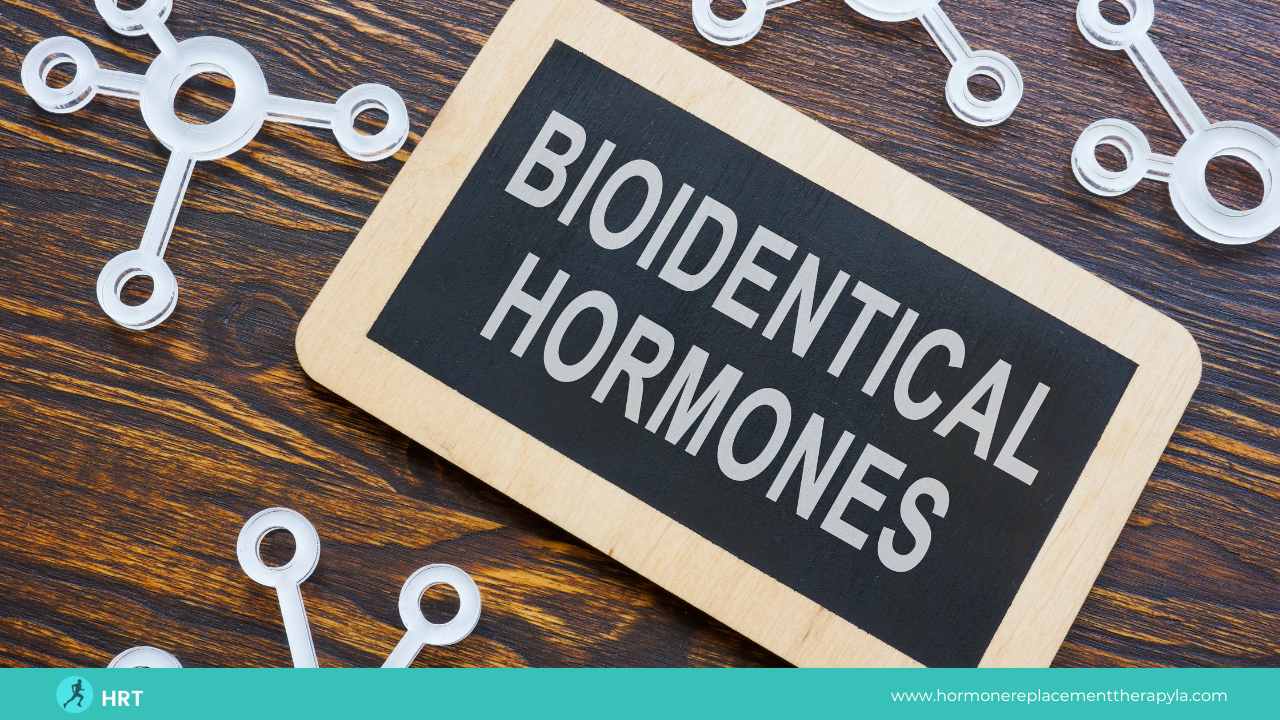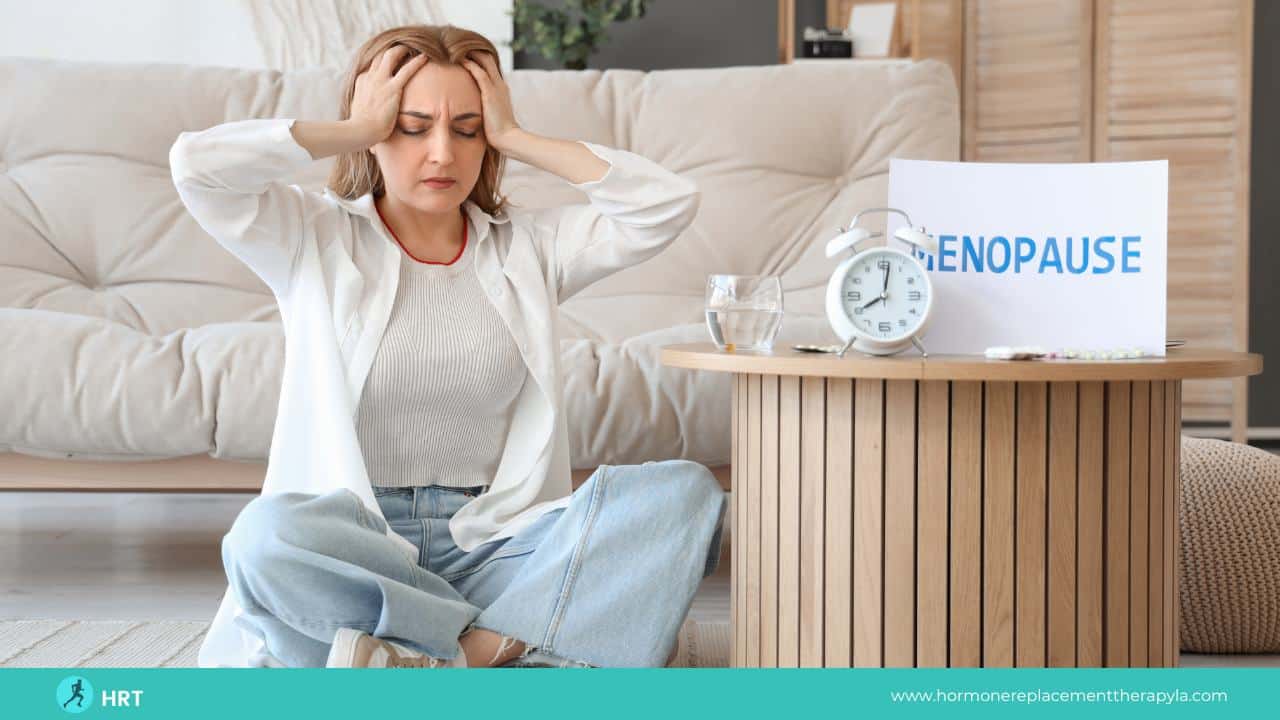In the vast and evolving landscape of hormonal health, one treatment is gaining traction and sparking curiosity: Hormone Pellet Therapy. Like any therapy, it promises certain benefits but also harbors potential drawbacks.
With approximately 2.5 million patients undergoing this therapy in 2019 alone, it’s time to explore, dissect, and understand this intriguing approach to balancing our body’s complex chemistry. In this blog, we delve into the pros and cons of hormone pellet therapy, shedding light on the facts and misconceptions.
Whether you’re considering this treatment for yourself or someone you care about, we aim to provide a comprehensive guide to help you navigate your decision.
Read on and uncover the truth about hormone pellet therapy together.
What is Hormone Pellet Therapy?
Hormone pellet therapy is bio-identical hormone replacement therapy (BHRT). It uses pellets the size of a grain of rice typically made from plant-derived hormones identical to those naturally produced in the human body.
The pellets are inserted under the skin, usually in the buttock or hip area, where they release small, consistent doses of hormones.
This therapy is used to correct hormonal imbalances in both men and women, addressing conditions like menopause, perimenopause, andropause (the so-called “male menopause”), low testosterone levels, and other hormone-related conditions.
While this treatment has gained popularity due to its convenience and effectiveness, it’s not a one-size-fits-all solution. It’s essential to discuss your specific health needs and goals with a healthcare professional before embarking on hormone pellet therapy.
After all, it’s your health and well-being on the line, and it deserves nothing but a well-informed, thoughtful decision.
Is Hormone Pellet Therapy Safe?
Hormone pellet therapy is generally considered safe for most people, but it’s essential to have a thorough discussion with your healthcare provider about the potential side effects and risks before deciding if this therapy is right for you.
The pellets are biologically identical to the hormones your body naturally produces, which can reduce some of the side effects associated with synthetic hormones. However, possible side effects can include discomfort or bruising at the pellet insertion site, mood swings, weight gain, hair loss or growth, and infection or pellet extrusion in rare cases.
Pellet therapy also requires a small incision in the skin for pellet insertion, which carries risks like any surgical procedure, although it is minimally invasive and typically performed under local anesthetic.
Furthermore, the therapy is not recommended for everyone. Individuals with certain types of cancer, liver disease, blood clots, or stroke may be advised against this hormone therapy. Pregnant or breastfeeding women are also advised not to undergo this treatment.
In general, the safety of hormone pellet therapy, like all hormone therapies, depends on the individual’s overall health, the dose of hormones used, and the supervision of a knowledgeable healthcare provider. Regular follow-up appointments are necessary to monitor hormone levels and adjust treatment.
Call +1-424-283-4273 Or Click Here to Send Us Email

Pros of Hormone Pellet Therapy
Hormone pellet therapy offers several benefits that set it apart from other hormone replacement treatments. Here’s a closer look at why many individuals choose this therapy form.
Consistent Hormone Levels
The pellets provide steady hormone levels throughout the day, avoiding the peaks and troughs associated with other forms of hormone delivery, such as injections or creams.
Convenience
After the pellets are inserted, they continuously release hormones for three to six months (depending on the individual), reducing the need for daily or weekly treatments.
Individualized Dosage
The pellets are compounded based on your specific hormonal needs. This personalization helps achieve the most effective hormone balance.
Natural and Bio-identical
The hormones used in pellet therapy are bioidentical, meaning they are chemically identical to your body’s natural hormones. This similarity may reduce the risk of adverse side effects that can sometimes occur with synthetic hormones.
Positive Health Outcomes
Patients undergoing hormone pellet therapy have reported improved mood, increased energy levels, higher sex drive, better mental clarity, improved muscle tone and mass, and even reduced bone loss.
Cons of Hormone Pellet Therapy
While hormone pellet therapy offers numerous benefits, it’s crucial to consider the potential downsides. Understanding these can help you decide whether this form of therapy is right for you.
Invasive Procedure
Unlike creams or oral medications, pellet therapy requires a minor surgical procedure to insert the pellets under the skin. While this is typically done under local anesthesia, it risks infection or pellet extrusion.
Initial Hormone Surge
After pellet insertion, some patients may experience a temporary surge in hormone levels, causing symptoms like mood swings or bloating. This usually normalizes as the body adjusts.
Difficulty Adjusting Dosage
The dosage can’t be easily adjusted once the pellets are inserted. If the initial dosage causes side effects, the pellets must be surgically removed.
Potential Side Effects
Although rare, side effects can occur, including weight gain, hair loss, acne, and mood swings. However, these are often linked to dosage issues and can be managed by adjusting the hormone levels.
Cost
Hormone pellet therapy can be more costly than other forms of hormone replacement therapy. Insurance coverage varies, so it’s essential to check with your provider.
How to Decide if Hormone Pellet Therapy is Right for You
The decision to undertake hormone pellet therapy is not to be taken lightly. Multiple factors should be weighed in, and it’s essential to have a comprehensive understanding of your health history, lifestyle, and goals.
Health History
Have you experienced any hormonal imbalances in the past? If you have, were they severe? Hormone pellet therapy is particularly effective for those with difficulty stabilizing their hormone levels through other treatments.
Lifestyle
Hormone pellet therapy involves minor surgery and some recovery time. Does your schedule permit this? Are you okay with a more invasive procedure if it means fewer treatments over time?
Health and Wellness Goals
Are you seeking to alleviate symptoms like hot flashes, fatigue, or low libido? Or you want to enhance your overall well-being and delay aging. Understanding your personal goals will help you decide if the potential benefits of hormone pellet therapy align with your expectations.
Healthcare Professional’s Opinion
Considering your unique health profile, they can provide expert insight into the pros and cons of hormone pellet therapy. Be sure to express any concerns or questions you may have. Your provider should be able to guide you through the decision-making process and help you evaluate whether hormone pellet therapy aligns with your overall health strategy.
Remember, your well-being is the top priority. Each person’s body reacts differently to treatments, and what works best for one person may not necessarily be the best for another. Be patient, do thorough research, and always prioritize your health and comfort in decision-making.
Conclusion
Like any medical treatment, hormone pellet therapy comes with its own advantages and potential drawbacks. Considering your unique health history, lifestyle, and goals, it’s essential to weigh these pros and cons carefully.
Open conversations with your healthcare provider and clearly understanding what you want from the therapy are crucial. Remember, your health journey is personal, and choosing a treatment should always be about enhancing your well-being and quality of life.
Hormone pellet therapy could be a significant step towards a healthier, more balanced you.






